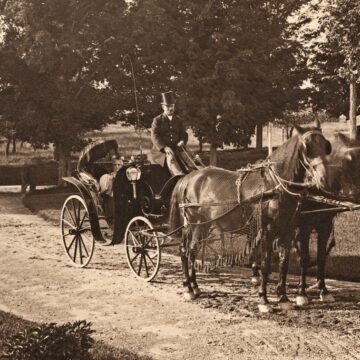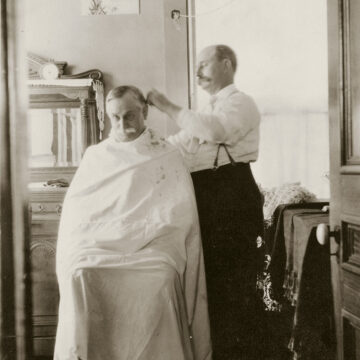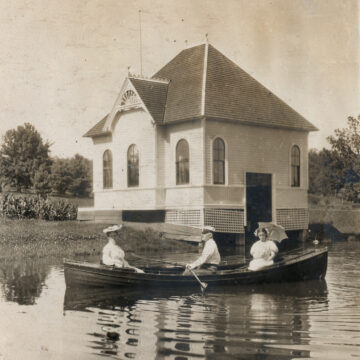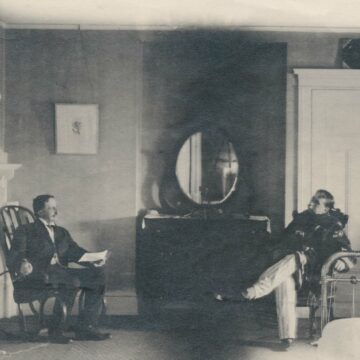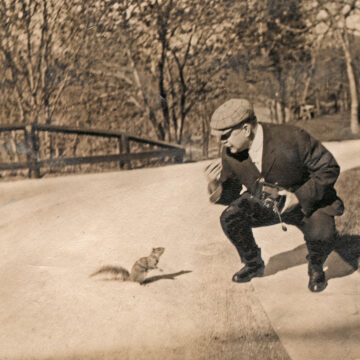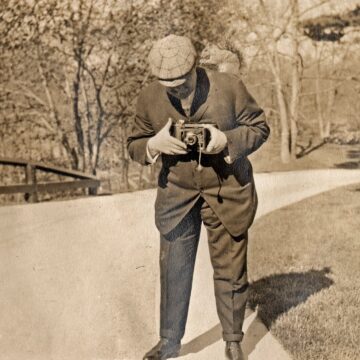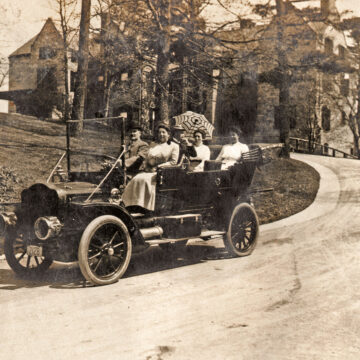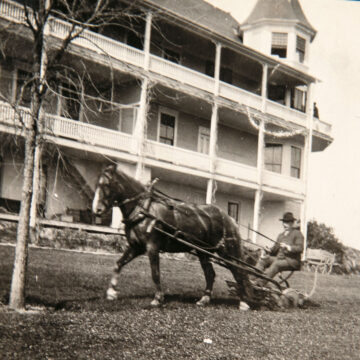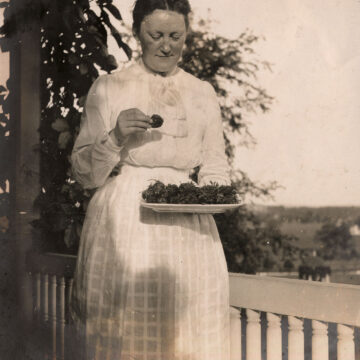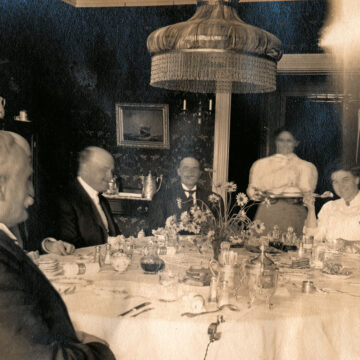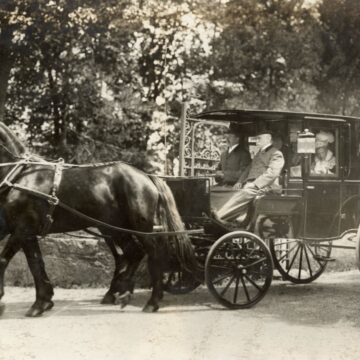 When was the last time someone took your picture? Yesterday? Today? This week? These days, most cell phones have cameras and people take photographs all the time.
When was the last time someone took your picture? Yesterday? Today? This week? These days, most cell phones have cameras and people take photographs all the time.
Back when Mary Baker Eddy was growing up, though, photography was brand-new. Before cameras came along, the only way people could record daily life was by drawing or painting people, places, and events. All of that changed in 1827, when Frenchman Joseph Niépee created the first photograph with light-sensitive chemicals. A decade later, his countryman Louis Daguerre made the new art form more widely available with his “daguerreotypes”—images printed on delicate silver-plated copper. People had to sit still for over 20 minutes or else the image would be blurry. Can you imagine having to do that?
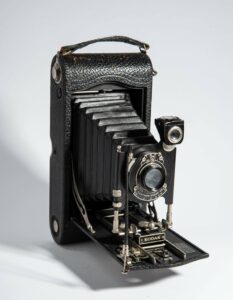 Sturdier than daguerreotypes, tintypes were another step before paper photographs. They were printed on thin iron plates coated with lacquer or enamel and could be developed in a few minutes. This meant they were more affordable, although people still had to go to a studio to have one taken. Longyear Museum has a number of tintypes of Baker family members in its collection, including several of Mrs. Eddy.
Sturdier than daguerreotypes, tintypes were another step before paper photographs. They were printed on thin iron plates coated with lacquer or enamel and could be developed in a few minutes. This meant they were more affordable, although people still had to go to a studio to have one taken. Longyear Museum has a number of tintypes of Baker family members in its collection, including several of Mrs. Eddy.
Decades later, by the time Mrs. Eddy lived at Pleasant View, her home in Concord, New Hampshire, and later at 400 Beacon Street, her final home in Chestnut Hill, Massachusetts, cameras like the one shown here had become commonplace. Ordinary people could own them and pursue photography as a hobby. Some of those who did so lived alongside Mrs. Eddy, helping her in her work as the Discoverer, Founder, and Leader of Christian Science.
The hundreds of photographs these men and women took give us a window into history. A number of their pictures are shown in this gallery below. Looking at them, we know a little more about how Mrs. Eddy and her household lived over 100 years ago.
Click on the thumbnails below and scroll through to see larger images and captions.
